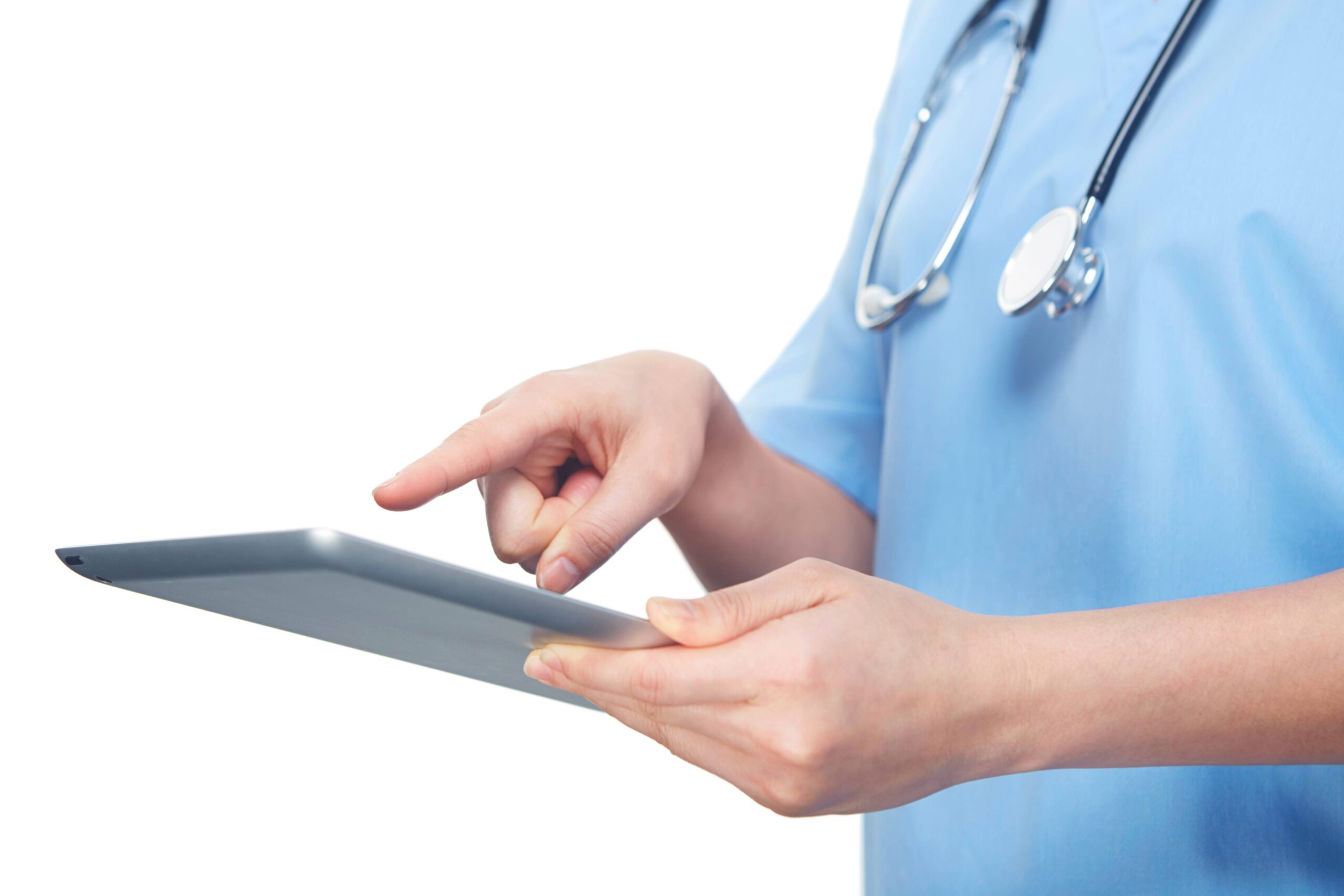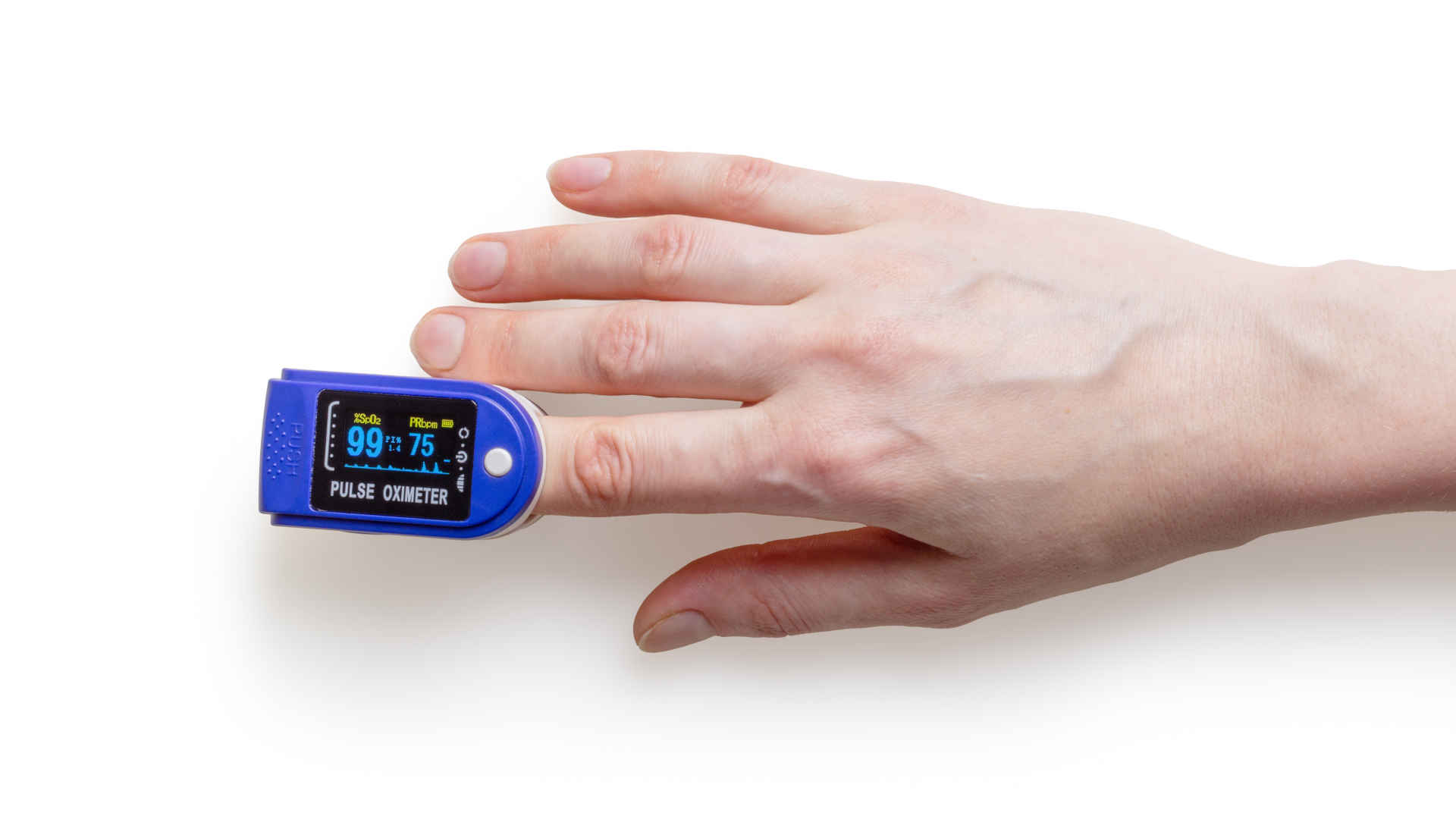2024 Overview – Current Demand and Emerging Trends in the Advanced Medical Device Market
Technology is accelerating change across all industries, and health care is no exception. Advances in technology are driving and responding to evolving healthcare needs, changing demographics, and a growing focus on personalized and patient-centric care.
This post updates our medical device industry trends 2023 report to provide you with the latest insights. We explore current market demands, emerging trends, the investor landscape, and the evolving regulatory environment.
It’s our goal to help you understand emerging trends in the advanced medical device market so that the companies, stakeholders, and investors we serve can position themselves for future success.
Big Picture MedTech Trends
According to Ernst & Young, MedTech in general, is facing uncertainty due to several challenges: geopolitical instability, supply chains still recovering from slowdowns, changing regulations, and stubbornly high global inflation.
However, several trends point to probable long-term resilience in the sector, including the medical device market. Fortune Business Insights reports that the global medical devices market had a value of $512.29 billion in 2022 and predicts it will increase to $799.67 billion by 2030, with a compound annual growth rate (CAGR) of 5.9%.
The US is the world’s largest medical device market, accounting for over 40% of the global medtech market. Several factors are fueling market size and demand:
- Aging Population: As the world’s population ages, especially in the Global North, the global medical market will need devices to diagnose, treat, and monitor chronic conditions like heart disease, diabetes, and arthritis.
- Increased Prevalence of Chronic Diseases: The growing burden of chronic illnesses worldwide drives demand for devices that can improve patient outcomes and manage these conditions.
- Technological Advancements: Medical technology breakthroughs in artificial intelligence (AI), machine learning, robotics, and telemedicine are revolutionizing the landscape, creating new possibilities for diagnosis, treatment, and patient care.
What’s Behind Emerging Trends in the Advanced Medical Device Market?
Within the broad medical devices industry, technology is the foundation of many market trends driving high demand:
- Minimally Invasive Surgical Devices: These devices allow for smaller incisions and faster recovery times, leading to better patient outcomes and shorter hospital stays.
- Diagnostic Imaging Devices: Advancements in MRI machines and CT scanners enable earlier and more accurate diagnoses.
- Remote Patient Monitoring Devices: These devices allow for continuous monitoring of patients outside of a clinical setting, facilitating better disease management and early intervention.
- Implants and Prosthetics: Technological advancements are leading to the development of more sophisticated and biocompatible implants and prosthetics, improving patient quality of life.
Technology’s Impact on Medical Devices Market Demand
As technology advances, innovation increases, and the market expands over the long term. Advances in device technology are playing a crucial role in shaping the future of medical devices, industry growth, and driving market demand:
Artificial Intelligence (AI): AI-powered devices assist doctors in diagnosis and treatment planning while enabling personalized medicine approaches.
Robotics: Surgical robots enhance precision procedures, improving patient outcomes.
Telemedicine: Telemedicine platforms allow in-home consultations and monitoring, increasing access to healthcare services for patients in remote locations.
3D Printing: 3D printing technology is revolutionizing the creation of customized implants and prosthetics, improving patient fit and functionality.
Wearable medical devices: Wearable devices can span both the patient market and the broader health-conscious consumer.
Companies that embrace these advancements ten to be well-positioned to meet the evolving demands of the market.
The chart below shows additional trends and examples of companies active in different segments.

Investor Sentiment and the Medical Device Sector Funding Landscape
Because of its inherent resistance to recession pressure, the MedTech sector continues to attract significant investor interest. However, not all segments reflect the same investor sentiment.
For example, digital health funding was down in 2023, yet 44% of healthcare industry professionals predict a rebound in Biotech funding in 2024. For medical device startups, understanding current trends is crucial for navigating the funding landscape:
- Venture Capital (VC): VC firms remain actively engaged in the space, particularly for early-stage companies developing innovative and disruptive technologies like AI-powered devices and next-generation implants. However, VCs will likely be more selective in their investments, focusing on companies with clear regulatory pathways and robust commercialization plans.
- Private Equity (PE): PE firms increasingly target established companies with proven products and predictable revenue streams. They are drawn to the sector’s resilience during economic downturns and the potential for solid returns.
- Government Funding: Government funding for device development remains a significant factor, especially in areas of high public health need and for diagnostic tools that can improve early detection and treatment of diseases.
- Economic Factors and Healthcare Policy: Angel Investors, VCs, and private equity all track economic fluctuations and evolving healthcare policies that may influence investment decisions.
- Economic Uncertainty: Periods of economic instability may lead VCs to be more cautious and prioritize investments with a quicker path to profitability.
- Healthcare Policy Changes: Regulatory reforms and reimbursement policies can significantly impact project financial viability. Companies that demonstrate cost-effectiveness and improved patient outcomes are likely to be more attractive to investors.
The sector remains a magnet for investment, but for 2024, investors are selective. Companies that can navigate the regulatory landscape, demonstrate strong commercialization plans, and adapt to evolving economic and policy environments will be best positioned to secure growth funding.
Perspectives of End Users Customers: Challenges and Opportunities
Medical device companies know that the future offers exciting possibilities for healthcare delivery organizations and patients, as well as some challenges:
- Cost: Advanced technology often comes with hefty price tags, straining hospital budgets and impacting their ability to invest in the latest technology.
- Integration: Integrating new devices with existing hospital information systems can be complex and expensive, creating data silos and hindering interoperability.
- Training Requirements: New technologies often require staff to undergo specialized training, adding a further burden to already stretched resources.
- Data Security and Compliance: Hospitals constantly face the challenge of managing and securing sensitive patient data, which requires robust cybersecurity protocols and adherence to ever-evolving data privacy regulations.
- Supply chain: Although we learned many lessons from the 2020 COVID-19 pandemic, global supplies and access may still be vulnerable to disruption from regional and global crises.
However, the horizon isn’t all black clouds. Amidst these challenges, hospitals and clinics also see some sliver linings:
- Improved Patient Outcomes: Innovative devices can enable more precise diagnoses, less invasive procedures, and personalized treatment plans, ultimately leading to better patient outcomes.
- Enhanced Efficiency: Data collected from devices can streamline workflows, optimize resource allocation, and improve overall hospital efficiency.
- Remote Monitoring: Remote monitoring capabilities can expand access to care, from data such as blood pressure and other basic vitals to improving chronic disease management. This can also reduce hospital readmission rates.
Addressing these challenges requires collaboration between manufacturers, hospitals, and technology providers. Cloud-based solutions for data management, standardized interfaces for easier integration, and user-friendly training programs can all contribute to a more streamlined and efficient adoption of advanced medical devices.
FDA Regulations and Policy Changes Impacting Medical Devices
The regulatory landscape is constantly evolving to keep pace with innovation. Staying informed is crucial for all stakeholders. Here’s a look at some recent and anticipated changes from the FDA:
- Focus on Cybersecurity: The FDA increasingly emphasizes cybersecurity, recognizing the potential risks of hacking and data breaches. Manufacturers need to demonstrate robust cybersecurity measures throughout the device lifecycle.
- Digital Health Technologies: The FDA is actively developing frameworks for regulating digital health technologies, including software-as-a-medical device (SaMD) products. These frameworks aim to balance innovation with patient safety.
- Remote Monitoring: As distance monitoring gains traction, the FDA is establishing guidelines for data security, patient privacy, and device validation for these technologies.
- Pre-Market Requirements: The FDA is exploring ways to streamline pre-market approval processes for low-risk devices while maintaining high safety standards. This could involve leveraging real-world data and establishing quality management systems.
Moving Ahead with Emerging Trends in the Advanced Medical Device Market
Are you working on a medical device startup or a fast-growing company? How are current trends affecting you? You already know that success requires more than just medical device expertise. It requires skill in data analytics and a knowledgeable approach toward cloud connectivity. Choosing the right partner for both is critical.
Contact us today if you’re unsure how to manage cloud connectivity considerations for your product. We can help you assess the pros and cons and make an informed decision to help you navigate emerging trends and uncertainties.






